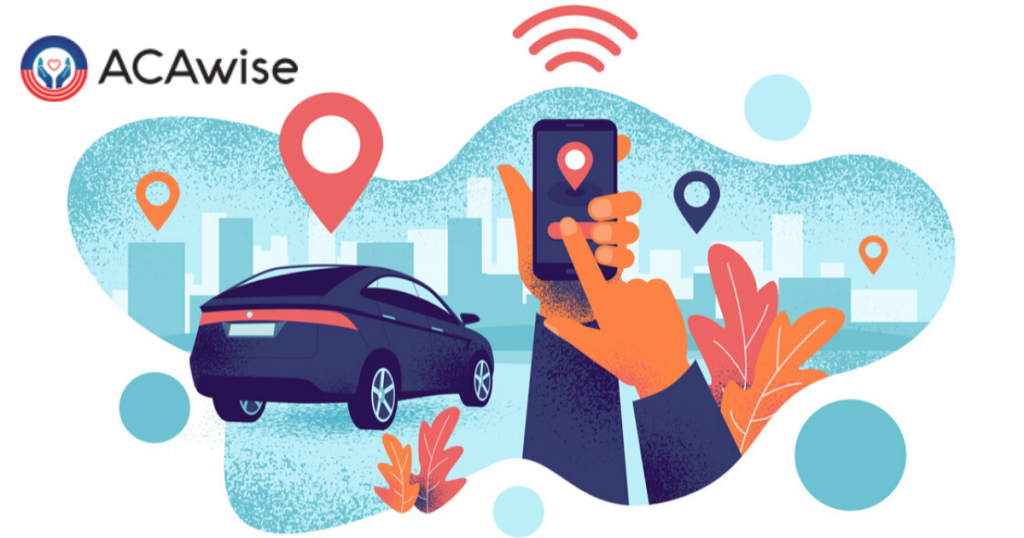Estimated reading time: 13 minute(s)

So, you may have heard about the lawsuit between the major ride sharing companies, LYFT and Uber and their conflict with the State of California. You may be wondering what this has to do with the ACA. The answer is everything! So, let’s dive in and talk about what this Act is, what the background information is, and how it relates to the ACA. Basically, why you should care.
Background Info- What is AB5?
Before we dive into the Protect App-based Drivers Act, let’s take a moment to look at the California Assembly Bill 5. This is the state legislation that started it all.
The California Assembly Bill 5, also known as AB5, was passed into law back in September, 2019. This bill addresses the gray area between classifying an employee and independent contractor. AB5 lays out much stricter guidelines for classifying a worker as an employer vs. an independent 1099 contractor. According to this bill, the following test must be applied to workers when classifying them. Unless all three of these requirements are met, a worker should be considered an employee.
- The worker is free to perform services without the control or direction of the company.
- The worker is performing work tasks that are outside the usual course of the company’s business activities.
- The worker is customarily engaged in an independently established trade, occupation, or business of the same nature as that involved in the work performed.
This test is a big issue for companies that operate mainly through the use of independent contractors or “gig workers”. Such as Uber, LYFT, DoorDash, and more. Wondering why? We’re tackling this question next.
Why is this Controversial?
The Assembly Bill 5 was controversial from the very beginning and the controversy only increased as the bill was put into effect in January 2020. So, why so much controversy? This bill forces the industry leaders of the gig economy to completely reclassify their workers as employees instead of independent contractors.
Why? Item two of the employee test is especially difficult for these companies. For example, how does a company whose main business activity is ride sharing prove that their drivers are performing tasks that aren’t related to this? So, to fight against complying to the following, these companies banned together to create the Protect App-based Drivers and Services Act.
AB5 would force companies to treat all of their “gig workers” as employees. This means that they would have to offer all drivers health insurance, higher wages, and additional benefits that employees are entitled to.
So, what’s the problem with this? It sounds like a positive change, right? In some ways it is, but there are some disadvantages as well. For example, many gig workers don’t want to be treated as employees. This means less flexibility, and this flexibility is probably the reason why they chose to work for one of these companies.
Being reclassified as an employee may lead to workers being required to work a set amount of hours and adhere to a set schedule of shifts. This ultimately means a loss of flexibility on the driver’s part.
What is the Protect App-based Drivers and Services Act?

Companies like LYFT and Uber are not ready to completely rework their business structure, therefore they created this Act to lobby in favor of their interests as well as those of their workers. This is meant to be a solution to the strict requirements set in place by AB5.
So, what are these companies promising? As an attempt to meet the State of California in the middle, this Act promises the following:
- Wage Guarantees
- Drivers would be guaranteed to earn at least 120% of minimum wage and 30 cents per gallon for expenses.
- Health Insurance Stipend
- While these companies are not willing to offer full coverage, they are willing to offer a stipend to their workers who work 15 or more hours per week.
- Accident Insurance to cover on-the-job injuries
- Protections from discrimination and harrasment
For more complete information on the Protect App-based Drivers and Services Act check out the link below.
What Are The Implications For The ACA?
As these companies lobby to get the Protect App-based Drivers and Services submitted as a ballot measure in November 2020, it will be interesting to see how this plays out.
We may see more states adopt stricter guidelines when it comes to classifying workers as employees. This will drastically change the way that businesses address ACA reporting in the future.
Need assistance with your own ACA reporting? Remember all employers with 50 or more full-time or full-time equivalent workers must file with the IRS. Need a complete solution for this reporting?
Look no further than ACAwise, we create a flexible and comprehensive plan to maintain your IRS compliance. Reach out to get more information today!




Leave a Comment